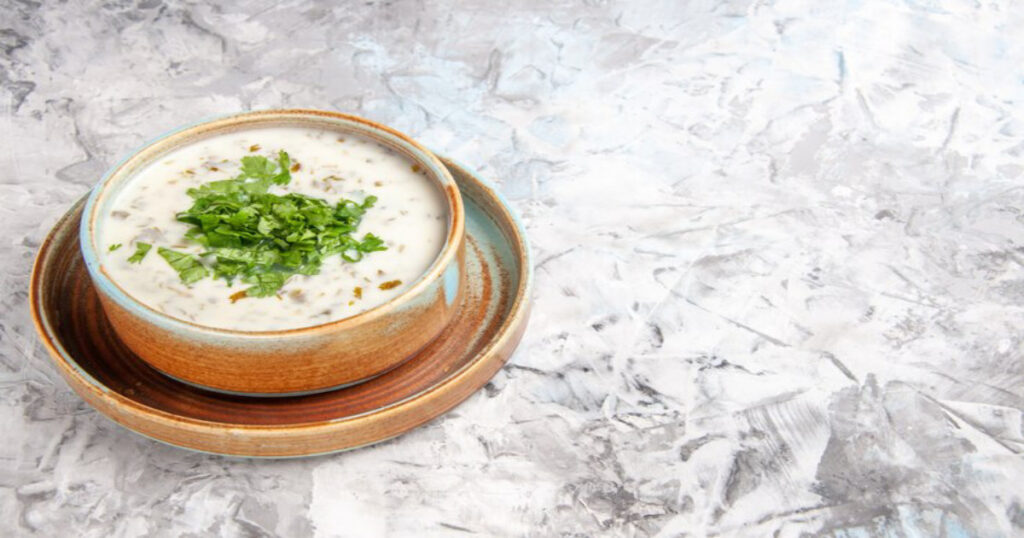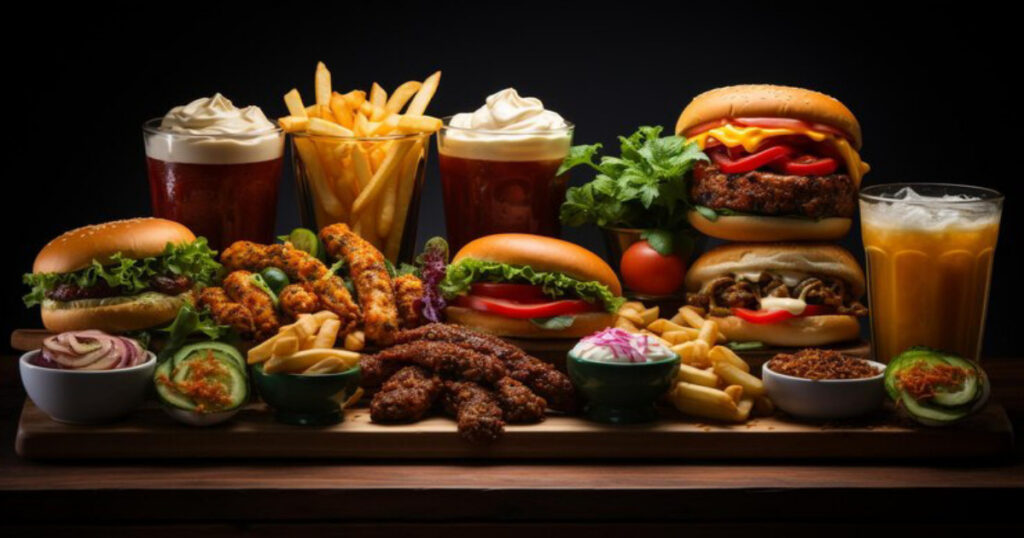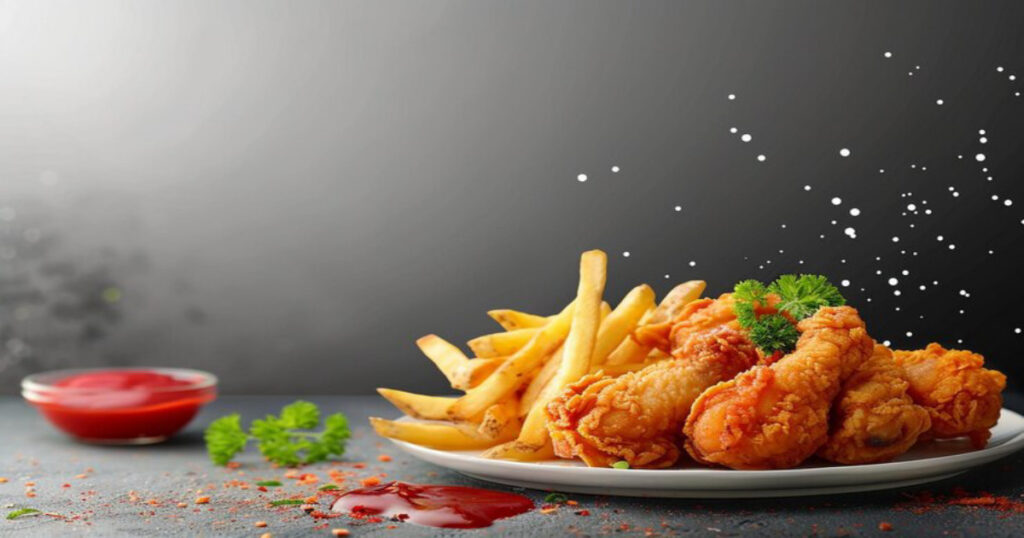What to Eat After Wisdom Teeth Removal
Introduction:
Wisdom teeth removal is a common dental procedure that often requires some post-operative care, including being mindful of what you eat. Proper nutrition plays a crucial role in the healing process and can help prevent complications. Let’s explore the best foods to eat after wisdom teeth removal to ensure a smooth recovery.
Table of Contents

Immediate Post-Operative Period:
During the immediate post-operative period, it’s essential to stick to soft foods that are gentle on the healing surgical site. Opt for nutrient-rich options like yogurt, pudding, and applesauce, which provide essential vitamins and minerals without causing discomfort. Additionally, staying hydrated is crucial for promoting healing and preventing dehydration. Stick to water, herbal tea, or diluted fruit juices, avoiding caffeinated or carbonated beverages.
Nutrient-Rich Options:
As you progress through the recovery process, focus on incorporating nutrient-rich foods into your diet to support healing. Foods high in protein, such as scrambled eggs, Greek yogurt, and soft cheese, can aid in tissue repair and regeneration. Vitamin C-rich fruits like strawberries, oranges, and kiwis help boost the immune system and promote collagen formation, essential for wound healing. Don’t forget to include sources of calcium and vitamin D, such as milk, fortified cereals, and leafy greens, to support bone health and prevent deficiencies.
Easy-to-Consume Foods:

- Smoothies and Shakes: Blend together fruits like bananas, berries, or mangoes with yogurt or milk for a creamy and nutritious beverage. You can also add protein powder for an extra boost of protein to aid in healing.
- Warm Soups: Choose broth-based soups such as chicken noodle or vegetable soup that are easy to sip and swallow. Avoid soups with chunks of meat or vegetables that may require chewing.
- Mashed Vegetables and Fruits: Steam or boil vegetables like carrots, sweet potatoes, or peas until soft, then mash them with a fork or blend them into a smooth puree. Similarly, mash ripe fruits like bananas, avocados, or cooked apples for a soft and nutritious snack.
- Yogurt: Opt for plain or flavored yogurt that is smooth and creamy. Yogurt is not only easy to consume but also provides probiotics that can aid in digestion and promote oral health.
- Pudding and Applesauce: These soft and smooth treats are gentle on the mouth and provide a sweet indulgence without requiring much effort to eat. Look for sugar-free or low-sugar options to promote overall health.
- Protein Smoothie Bowls: Blend together your favorite fruits with Greek yogurt and protein powder, then pour the mixture into a bowl and top it with granola, nuts, or seeds for added texture and nutrition.
- Oatmeal: Cooked oatmeal is soft and easy to swallow, making it an excellent option for breakfast or a snack. Add fruits, nuts, or honey for flavor and extra nutrients.
- Egg Dishes: Scrambled eggs or soft-boiled eggs are protein-rich options that are easy to chew and digest. Avoid adding crunchy ingredients like peppers or onions.
- Cottage Cheese: This soft and creamy cheese is high in protein and calcium, making it a nutritious option for post-operative meals or snacks. Pair it with soft fruits like peaches or pineapple for added flavor.
- Custard: Smooth and creamy custard is gentle on the mouth and provides a satisfying dessert option. Choose low-fat or sugar-free varieties for a healthier option.

These easy-to-consume foods are not only gentle on the healing surgical sites but also provide essential nutrients to support the recovery process after wisdom teeth removal.
Foods to Avoid After Wisdom Teeth Removal

- Crunchy Snacks: Avoid hard and crunchy snacks like chips, pretzels, or popcorn, as they can irritate the surgical sites and cause discomfort. These foods may also get lodged in the extraction sites, increasing the risk of infection.
- Nuts and Seeds: Steer clear of nuts and seeds, as they require extensive chewing and may pose a choking hazard during the initial recovery period. Opt for nut butters instead, which are smoother and easier to consume.
- Crusty Bread: Avoid bread with a hard crust, such as baguettes or ciabatta, as they can be difficult to chew and may scratch the sensitive areas in your mouth. Choose softer bread varieties like sandwich bread or rolls.
- Spicy Foods: Spicy foods like hot sauces, peppers, or spicy curries should be avoided, as they can cause irritation and discomfort to the surgical sites. Stick to mild, bland foods to prevent unnecessary irritation.
- Acidic Foods and Beverages: Citrus fruits, tomatoes, and acidic beverages like orange juice or soda can irritate the mouth and delay healing. Opt for non-acidic alternatives like water, herbal tea, or diluted fruit juices.
- Hard Candy and Chewing Gum: Avoid hard candy and chewing gum, as they require extensive chewing and may dislodge blood clots or irritate the surgical sites. Stick to softer alternatives like gelatin-based sweets or mints.
- Sticky or Chewy Foods: Steer clear of sticky or chewy foods like caramels, taffy, or gummy candies, as they can get stuck in the extraction sites and interfere with the healing process. Choose soft and smooth alternatives instead.
- Carbonated Beverages: Avoid carbonated beverages like soda or sparkling water, as the bubbles can cause discomfort and may dislodge blood clots. Stick to still beverages like water or herbal tea for hydration.
- Alcohol: Refrain from consuming alcohol during the initial recovery period, as it can interfere with the healing process and increase the risk of bleeding or complications. Wait until you have fully recovered before consuming alcohol again.
- Straws: Avoid using straws to drink liquids, as the suction motion can dislodge blood clots and increase the risk of dry socket. Instead, sip liquids directly from a cup or glass to promote healing and minimize complications.

By avoiding these foods and beverages, you can help ensure a smooth and complication-free recovery after wisdom teeth removal. Follow your dentist’s instructions and listen to your body’s signals as you navigate the post-operative period.
Long-Term Recovery:
As you progress through the recovery process, gradually reintroduce solid foods into your diet, starting with soft, easily chewable options like pasta, rice, and cooked vegetables. Chew carefully and avoid biting down directly on the extraction site to prevent discomfort or injury. Be vigilant for any signs of complications, such as excessive bleeding, severe pain, or swelling, and consult your dentist or oral surgeon if you have any concerns.
Conclusion:
Proper nutrition is essential for a smooth recovery after wisdom teeth removal. By choosing nutrient-rich, easy-to-consume foods and avoiding potential irritants, you can support healing and minimize discomfort. Remember to follow your dentist’s post-operative instructions and listen to your body’s signals as you transition back to a regular diet.If you love our article visit to read more.
FAQs About Eating After Wisdom Teeth Removal
What foods are suitable for consumption right after having wisdom teeth removed?
– In the immediate aftermath of the procedure, stick to soft and easy-to-chew foods like yogurt, pudding, applesauce, or smoothies. These options are gentle on the surgical sites and provide essential nutrients for healing.
What’s the recommended duration for sticking to a soft food diet?
– It’s advised to adhere to a soft food diet. Follow your dentist’s instructions and gradually reintroduce solid foods as you feel comfortable.
Is it permissible to use a straw for drinking following wisdom teeth extraction?
– It’s best to avoid using straws for drinking liquids during the initial recovery period. The suction motion created by straws can dislodge blood clots and increase the risk of dry socket, a painful complication. Instead, sip liquids directly from a cup or glass.
When can I start eating solid foods again?
– You can start introducing solid foods back into your diet once you feel comfortable doing so, usually a few days after the procedure. Start with soft, easy-to-chew options like pasta, rice, or cooked vegetables, and gradually progress to more solid foods as tolerated.
What are the signs of complications after wisdom teeth removal?
– Signs of complications after wisdom teeth removal may include excessive bleeding, severe pain, swelling that worsens over time, persistent bad breath, or difficulty opening your mouth. If you experience any of these symptoms, contact your dentist or oral surgeon for further evaluation and treatment.

